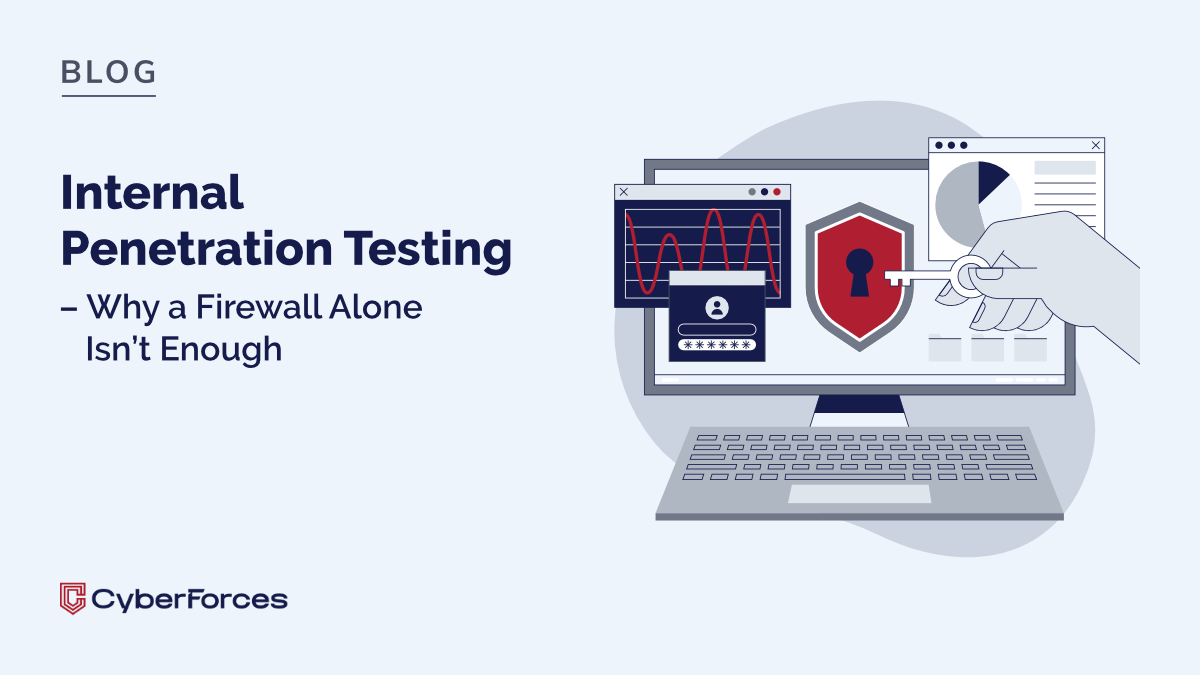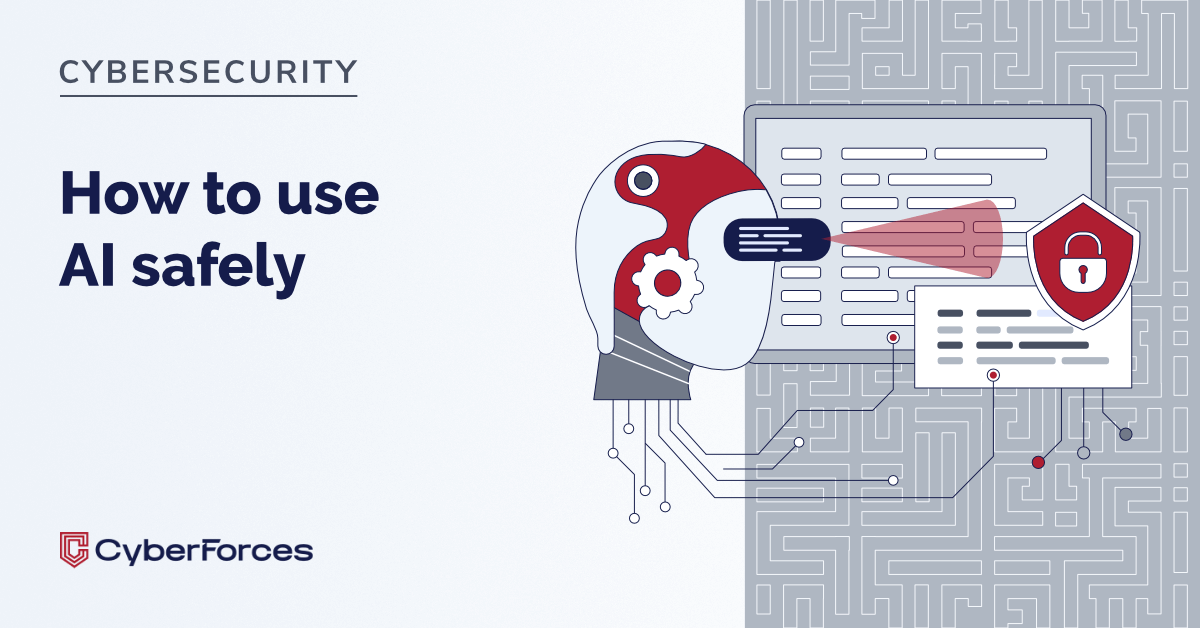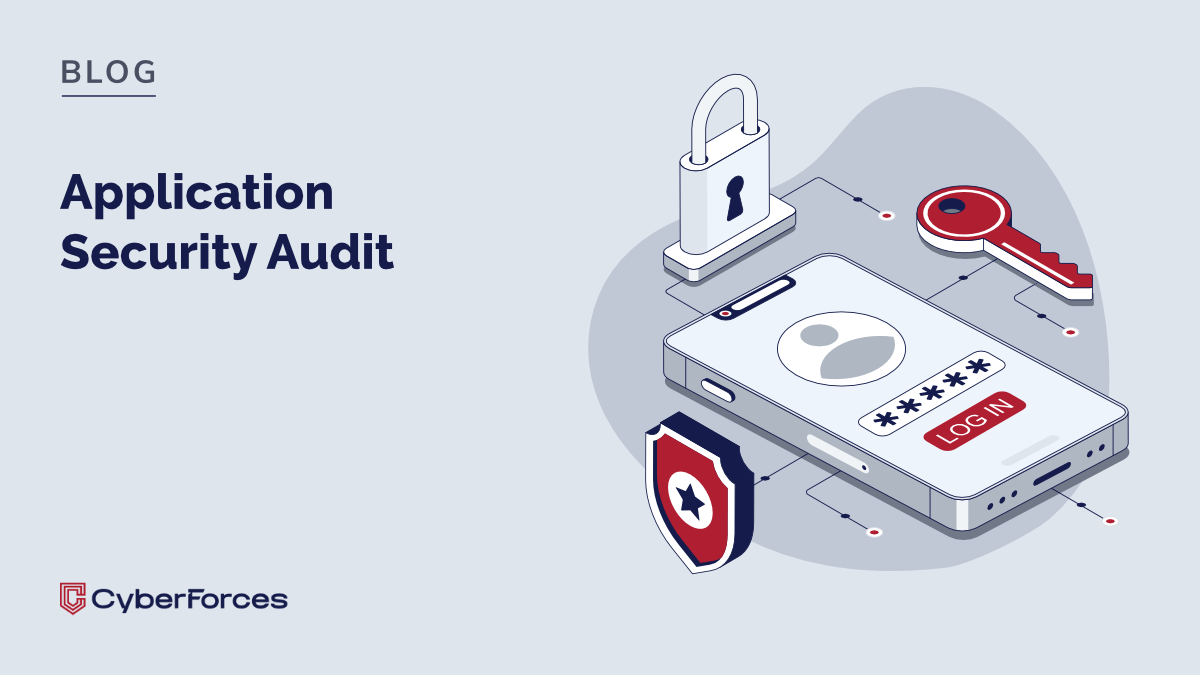The internal corporate network is often considered a “trusted zone.” Unfortunately, this is where critical data, administrator accounts, and systems are located-systems whose compromise can paralyze the entire organization’s operations. Internal network penetration testing allows you to assess what a potential attacker could do once they gain access to the LAN infrastructure-whether through phishing, malware, or physical access to a device. It is one of the most effective ways to verify whether your company’s network is truly secure and why a firewall alone is insufficient.
In this article, you will find:
- Why internal network testing is not just a formality, but a necessity.
- What to expect from a company conducting penetration tests and how the cooperation looks.
- What threats can be detected, and how a firewall can prove inadequate.
- What internal network penetration tests involve.
What Are Internal Network Penetration Tests?
Internal network penetration tests simulate the actions of a potential attacker who already has access to the local infrastructure. The goal of the test is to evaluate the security of the environment “from the inside,” i.e., from the LAN perspective, which can be accessed by an employee, business partner, or anyone with physical access to the network. These tests are conducted in a controlled and secure manner, following an agreed-upon scope and scenario.
Phases of LAN Penetration Testing
Each penetration test for a local environment is divided into several key stages. These stages not only identify vulnerabilities but also check how deep an attacker could go. Each phase requires specialized knowledge, tools, and experience in IT security.
Requirements and Architecture Analysis
In this phase, auditors gather information about the application, its business goals, technology, external integrations, and user model. The analysis includes:
- Application architecture (monolithic, microservices, serverless),
- Authorization and authentication methods,
- Availability of the application (public or closed),
- Technology stack (e.g., Node.js, React, Spring, .NET, Laravel),
- External API or system integrations (e.g., payments, CRM).
The goal is to tailor the testing scope to the application’s specifics.
Manual and Automated Testing
This phase involves an active vulnerability analysis. Depending on the access model, the following types of tests are used:
- Black-box – tests conducted “from the outside” with no knowledge of the internal structure of the system, as a potential attacker would.
- Grey-box – tests with partial access (e.g., as a user with limited permissions).
- White-box – full access to the application, code, and documentation (most detailed tests).
Tools such as:
- Automatic scanners (e.g., Burp Suite, ZAP, Acunetix),
- Manipulation of HTTP requests, data injection, and testing vulnerabilities listed in OWASP Top 10.
Auditors manually verify detected vulnerabilities and assess their impact on application security.
Source Code Review (Secure Code Review)
If the company provides the source code, a detailed review is conducted. Auditors check for:
- Presence of dangerous functions and constructs (e.g., eval, exec, dynamic SQL),
- Lack of input validation,
- Session and cookie management methods,
- Dependencies and libraries (checking for known vulnerabilities).
Secure code review helps identify errors that interface-level tests might miss.
Access and Configuration Verification
This phase includes testing for security misconfigurations, i.e., errors in environment settings, permissions, roles, and resources. Auditors analyze:
- Logging and session management mechanisms (e.g., timeouts, two-factor authentication),
- Correct implementation of roles and access (RBAC, ABAC),
- Password policies and storage methods,
- Server configurations, security headers, and HTTP Strict Transport Security (HSTS),
- API endpoint security (e.g., HTTP method restrictions, brute force protection).
Final Report and Recommendations
At the end of the tests, a technical and managerial report is prepared, which includes:
- A detailed description of the discovered vulnerabilities (categorized by risk level),
- Attack vectors and evidence of their existence (e.g., screenshots, logs, payloads),
- Recommendations for remediation and securing the application,
- Classification according to CVSS or OWASP,
- A summary of business risks in a format understandable to management.
How Does Cooperation with a Penetration Testing Company Work?
Cooperation with an external provider of penetration testing services begins with defining the business and technical goals. The audit team analyzes the client’s environment to tailor the scope and methodology of the tests to the organization’s specifics-whether the goal is to meet regulatory requirements or verify security after infrastructure changes. The client and the provider agree on the scope, access level (black-box, grey-box, white-box), timeline, and reporting methods. During the tests, a contact person may be designated to address immediate technical or security needs. After the tests are completed, the company receives a report detailing discovered vulnerabilities, example attack scenarios, and concrete recommendations. If needed, a session to discuss results with experts and plan corrective actions or retesting is possible.
What Can Be Detected During Internal Network Penetration Tests?
Penetration testing often reveals vulnerabilities that remain unnoticed in everyday operations. Among the most common threats are unpatched systems, overly broad user permissions, and lack of network segmentation. Testers may also identify outdated software, accounts with default passwords, unsecured communication protocols, or unauthorized hardware plugged into the network.
Why a Firewall Alone Isn’t Enough?
A firewall is just the first line of defense – it filters incoming and outgoing traffic but doesn’t protect against actions originating from internal users or malware already present in the network. An attacker who bypasses or breaks through this barrier can navigate the network without hindrance. Internal environment tests show what happens when someone is already “behind the firewall.”
Benefits of Internal Network Penetration Testing
LAN penetration tests allow you to see your company through the eyes of an attacker who is already “inside.” This is not only a way to detect technical vulnerabilities but also to evaluate the effectiveness of security policies and access management. It helps identify both organizational and technical gaps that could lead to incidents.
Preparation for Local Network Testing
Proper preparation is crucial for effective and secure testing. Key steps include defining the scope, access permissions, and ensuring contact with a technical person on the client side. It’s also important to define the goals, expected results, and reporting methods in advance.
FAQ – Frequently Asked Questions About Internal Network Penetration Testing
Are the tests legal?
Yes, the tests are fully legal as long as they are performed under an agreement and with the consent of the environment owner. A letter of authorization is signed before work begins.
How long do they take?
Usually, they take 3 to 7 business days, depending on the scope and complexity of the network. Some tests may be performed in stages to minimize the impact on business operations.
Are the tests GDPR-compliant?
Yes – the tests do not involve processing personal data, and appropriate safeguards are implemented if necessary. Sensitive data may be excluded or anonymized during the tests.
Do I need to provide an administrator account?
Not always – it depends on the chosen scenario (black-box, white-box, grey-box). White-box tests may require privileged access to better assess the level of security.
How often should they be performed?
It is recommended to conduct tests at least once a year or after any significant change in IT infrastructure. Regular tests help maintain a high level of security.
Summary – Your Internal Network Is Your Weakest Point If You Don’t Test It
Internal network penetration tests allow you to identify real threats before someone else does. This is not just part of good security practice, but a responsibility stemming from a proactive approach to risk management. Investing in these tests enhances security, operational continuity, and the trust of customers and business partners.





